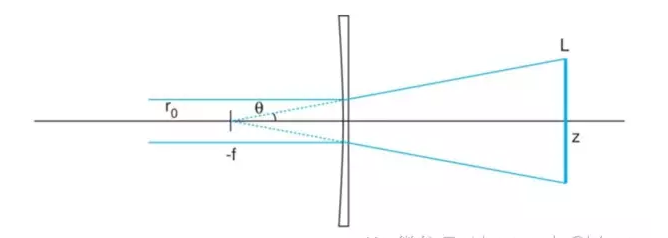The main reason for using digitally anamorphic widescreen is its other effects. Lens flares and out-of-focus backgrounds ("bokeh") will appear long rather than round (unless the lens has a specially designed oval iris). Flares may also appear as blue horizontal or vertical stripes that span the entire frame. Although this unique shape can be imitated in post-production, vignetting may appear as an oval.
Depth of field is also affected. Although anamorphic and spherical lenses technically have the same depth of field, you have to use longer focal lengths and anamorphic lenses to get the same angle of view. As a result, an anamorphic lens produces a shallower and more cinematic depth of field at the same subject magnification. For the film, this difference can be as noticeable as a crop factor from 2X to 1X, depending on whether or not regions are reserved for audio.
The unique design of the anamorphic lens also plays a role. Many anamorphic lenses are just plain spherical lenses with extra glass elements that compressor "anamorphic" the output. This makes the lens larger, reduces light transmission, and may introduce additional distortion. The added complexity and larger glass elements always mean that anamorphic lenses will be more expensive and heavier than standard spherical lenses. Since spherical lenses are more common, the available combinations of focal length, T-stop, mass, and cost are also more diverse.
However, the type of anamorphic lens is also an important factor. The appearance of most of the features of an anamorphic lens is related to the "front" type, where the compression of the aspect ratio is done by the elements of the front lens. "Backward" anamorphic lenses are often difficult to identify. So it is usually used with film when the main goal is to utilize more film area. Bokeh, flare, and vignetting will be similar to spherical lenses, but the depth of field will still be shallow. The rear-mounted anamorphic lens also typically reduces the maximum usable aperture and is less common in wide-angle lenses because they increase the effective focal length.
An anamorphic lens is generally not as sharp as equivalent spherical lenses, partly because they have an extra glass element in the light path, but also images are usually captured using an ultra-wide angle. With film, the result is usually still sharper, mainly because these images have to be zoomed in less during projection.

 Call us on:
Call us on:  Email us:
Email us:  R&D Center: 9B-4F 401,No.1 Qingnian Road Liando U Valley,Yuhua International Wisdom Valley, Nanjing, 210039 China
R&D Center: 9B-4F 401,No.1 Qingnian Road Liando U Valley,Yuhua International Wisdom Valley, Nanjing, 210039 China









 English
English  cn
cn  de
de  es
es  fr
fr 


